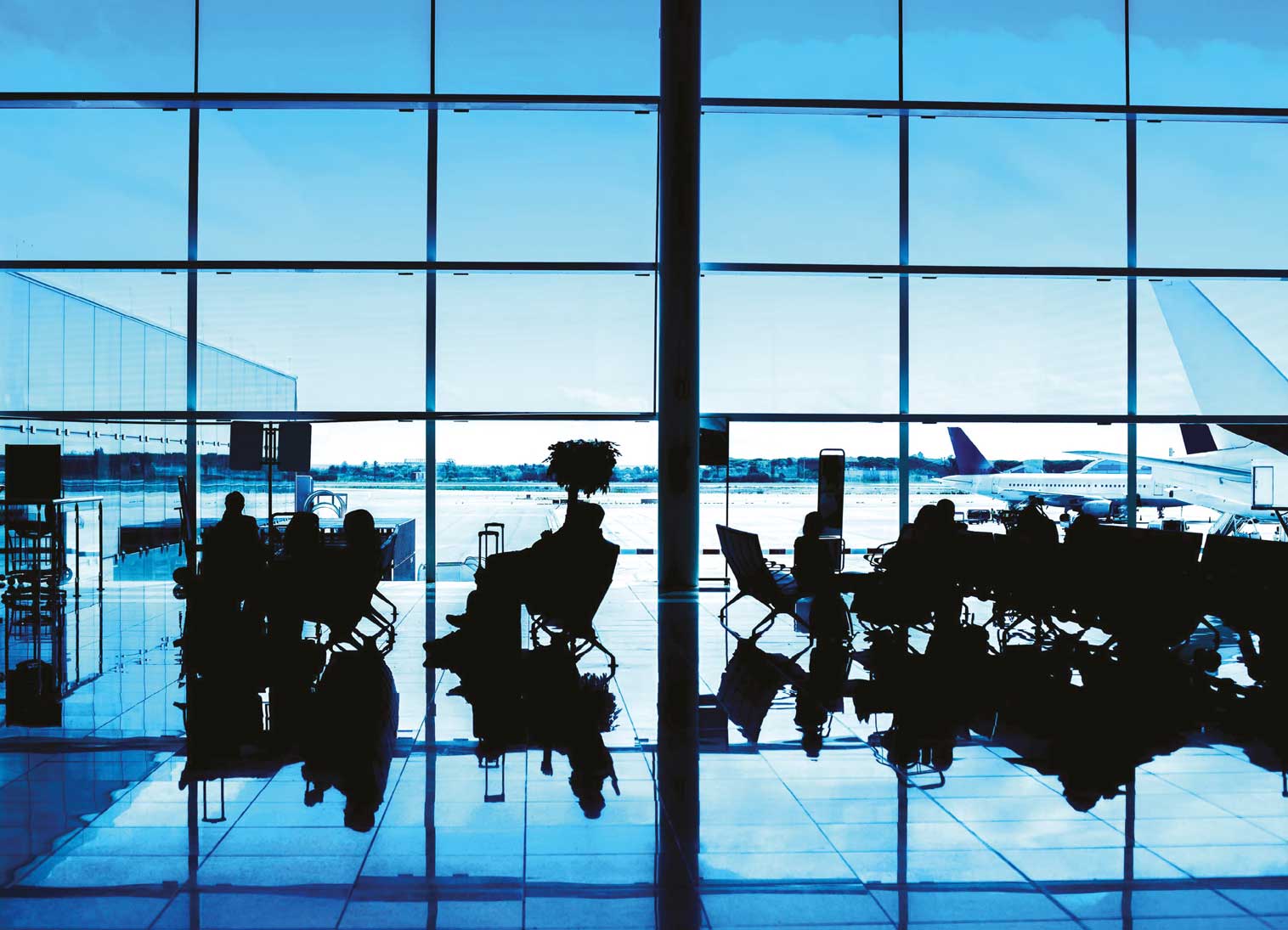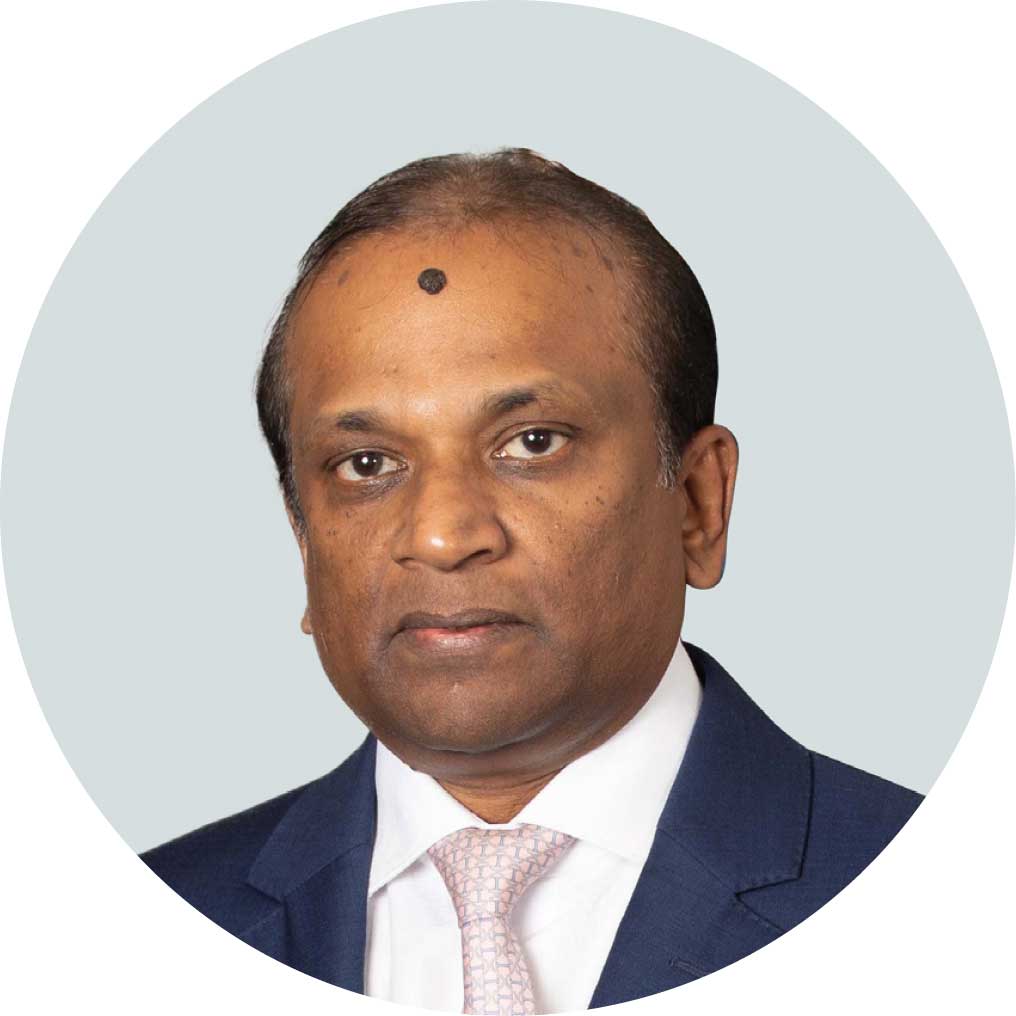THE HEIGHT OF AMBITION
Flying high in the wake of crises
Ashok Pathirage
SriLankan Airlines
Q: In what ways did the national carrier react to the economic tumult of COVID-19?
 COVID-19 was an unexpected occurrence and international airlines across the world took a hit. SriLankan Airlines faced issues prior to COVID-19 – including the Easter Sunday attacks among other setbacks – and the sudden closure of airports was an unexpected shock.
COVID-19 was an unexpected occurrence and international airlines across the world took a hit. SriLankan Airlines faced issues prior to COVID-19 – including the Easter Sunday attacks among other setbacks – and the sudden closure of airports was an unexpected shock.
We adapted by shifting from passenger to freight focussed flights; and although we’d hoped to reduce the costs of the carrier in the medium to long run gradually, the pandemic expedited this strategy nearly overnight.
Moreover, we had to take into account salary cuts, withhold contract employees in regard to salaries and manage to sustain operations.
One of the measures we undertook was to negotiate with leasing companies. All our aircraft are on lease and thus required review.
We also realised that it was our duty as the national carrier to repatriate stranded Sri Lankans in hard hit places; accordingly, we repatriated students from Wuhan in China, which was the epicentre of the pandemic.
Q: What role does SriLankan Airlines play in the national economy, in your view?
SriLankan Airlines has been a dominant player in the nation’s aviation sphere, and boasts the largest market share for all inbound and outbound flights with a turnover of US$ 1 billion before the Easter Sunday attacks and COVID-19 pandemic.
From an enterprise perspective, this is the largest government owned entity in Sri Lanka that has accounted for at least 7,500 employees. We play a major role, ranging from cargo for exporters to the much needed inflows from tourism for the state, which is estimated at four billion dollars.
While private carriers will choose profitable routes, national carriers such as SriLankan have a responsibility to ensure that the best routes are selected so that all connected industries including tourism and exports benefit.
We have looked forward to the opening of our airports as it will help the national economy through tourism – and we hope to witness an uptick in tourism in the country with at least five million visitors in the next three years.
Q: What revolutionary strategies have you put in place to expand the airline’s services to the public?
As cargo has increased and we can no longer operate as a passenger focussed carrier, we’ve realised that our cargo operations are in need of review and development, and have increased rates accordingly.
 With the development of airports in the country, we believe that Sri Lanka can play a larger role in terms of aviation, cargo and travel as a regional player in the future too. We’re working on which routes are needed for the future and the relevant strategies required for freight. Furthermore, we have ensured that pilots are consistently in touch with training according to standard practice. Aircraft by themselves cannot be grounded for a long period of time, and require maintenance and regular flight at least once a month. As such, both SriLankan Airlines’ aircraft and pilots are kept up to date, and ready to fly in accordance with the industry’s most pressing requirements.
With the development of airports in the country, we believe that Sri Lanka can play a larger role in terms of aviation, cargo and travel as a regional player in the future too. We’re working on which routes are needed for the future and the relevant strategies required for freight. Furthermore, we have ensured that pilots are consistently in touch with training according to standard practice. Aircraft by themselves cannot be grounded for a long period of time, and require maintenance and regular flight at least once a month. As such, both SriLankan Airlines’ aircraft and pilots are kept up to date, and ready to fly in accordance with the industry’s most pressing requirements.
Q: The state has gained a reputation for being bloated in terms of staff and lacking economic vitality. What steps have you as a leader taken to improve efficiency?
Currently, we’re in the process of trying to ascertain the requirements of the airline in terms of manpower. We have frozen all employment and estimated our optimised workforce should be circa 5,500.
Accordingly, we have downsized to 6,500 and hope to become leaner for the best optimisation of services in the future.



